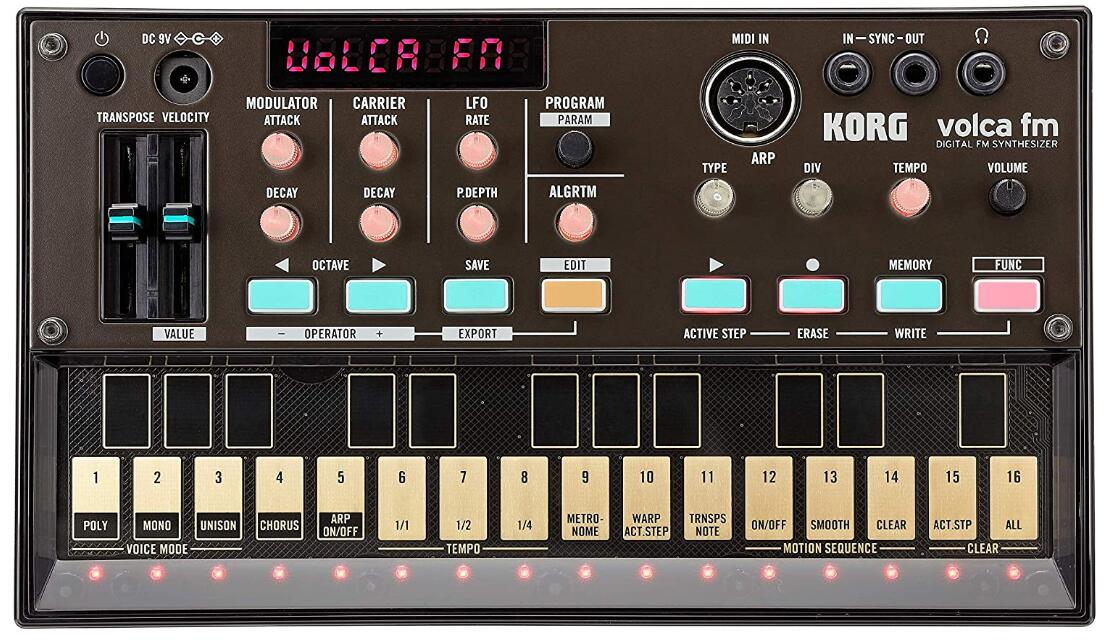

1.5 1990s–present: Software synthesizers and analog revivalĪs electricity became more widely available, the early 20th century saw the invention of electronic musical instruments including the Telharmonium, Trautonium, Ondes Martenot, and theremin.
#Best polyphonic synth Patch#

According to Fact in 2016, "The synthesizer is as important, and as ubiquitous, in modern music today as the human voice."

Today, the synthesizer is used in nearly every genre of music, and is considered one of the most important instruments in the music industry. Sampling, introduced with the Fairlight synthesizer in 1979, has influenced all genres of music and had a major influence on the development of electronic and hip hop music. They were adopted by electronic acts and pop and rock groups in the 1960s and 1970s, and widely used in 1980s rock. Switched-On Bach (1968), a bestselling album of Bach compositions arranged for synthesizer by Wendy Carlos, took synthesizers to the mainstream. Synthesizers were initially viewed as avant-garde, valued by the 1960s psychedelic and counter-cultural scenes but with little perceived commercial potential. Software synthesizers now can be run as plug-ins or embedded on microchips. The first mass-produced synthesizer, the Yamaha DX7, was launched in 1983, popularizing digital synthesis. 1982 saw the introduction of MIDI, a standardized means of synchronizing electronic instruments that remains an industry standard. In 1978, Sequential Circuits released the Prophet-5, which used microprocessors to allow users to store sounds for the first time. In 1970, the smaller, cheaper Minimoog standardized synthesizers as self-contained instruments with built-in keyboards, unlike the larger modular synthesizers before it. The Moog synthesizer, developed by Robert Moog and first sold in 1964, is credited for pioneering concepts such as voltage-controlled oscillators, envelopes, noise generators, filters, and sequencers. Synthesizer-like instruments emerged in the United States in the mid-20th century with instruments such as the RCA Mark II, which was controlled with punch cards and used hundreds of vacuum tubes. A sample of several common synthesizers (Moog Model D, Juno 106, and TB-303) being played together.


 0 kommentar(er)
0 kommentar(er)
